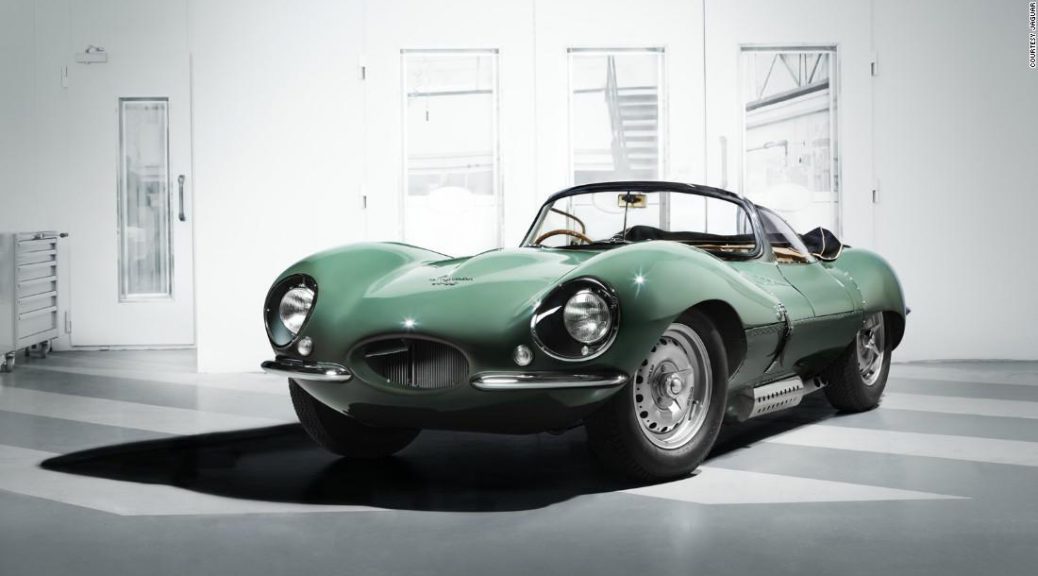
Sauber F1 Team
Sauber C36-Ferrari
The Sauber C36-Ferrari
The most conspicuous switches that define the Sauber C36-Ferrari due to the fresh regulations are:
- The cars are becoming broader again, from 1.80 to two metres.
- The tyres are twenty five % broader.
- The front and rear wings are becoming broader as well.
- The diffuser is being enlarged.
In total, this means more downforce, more grip and, as a result, quicker lap times.
Consequently, work on the concept of the fresh car was focused on reducing the haul coefficient (due to the broader tyres) to a minimum as well as achieving a significant weight reduction (despite the minimum weight having been raised to seven hundred twenty eight kg), for example by means of the fresh roll structure. In certain areas of lightweight design the team went to the boundaries. The aero concept includes the optimisation of the front and rear wings and the underfloor. The radiator, the sidepods and the bodywork were designed to be as slender as possible.
Clear progress was also achieved in terms of extra downforce. The key here is to keep downforce, which is generated via driving, and remain stable in various track sections. Jörg Zander, Technical Director, explains the switches in the development procedure in more precise terms: “We put greater emphasis on aerodynamic stability as opposed to maximising downforce.”
Fresh Regulations
The Sauber C36-Ferrari is a car which, due to the fresh technical regulations, has been redesigned from scrape. There is not a single part that could be adopted from its C35 predecessor. In 2017, the Ferrari powertrain in the Abu Dhabi two thousand sixteen configuration will be used primarily together with the C36. One of the switches this season is that only four of the six units of a powertrain can be switched without penalty. In the next few years the number will be further diminished, which is why the manufacturers are going to put greater emphasis on the durability than on the top speed of their units.
Jörg Zander regards the 2016-spec engine as “a attempted and tested system with higher durability to begin with.” In addition, with respect to the design resources in planning the development of the C36, Jörg Zander says that “being able to get embarked early and defining the engine environment was an advantage because the team was familiar with the engine and the transmission as well as the cooling requirements the engine entailed.”